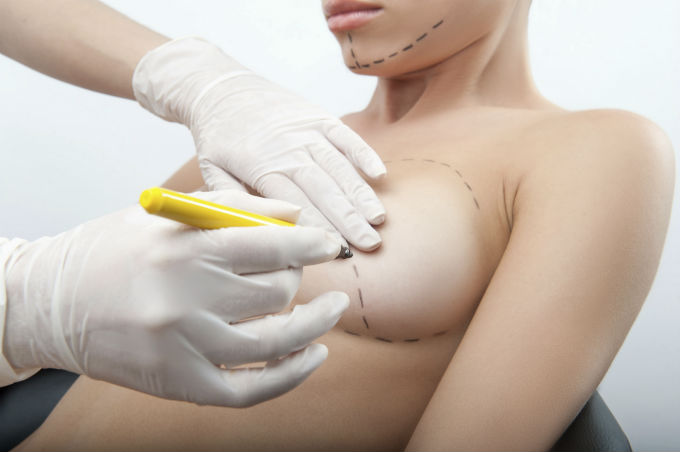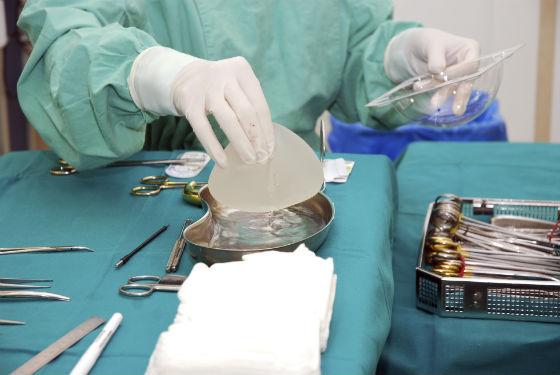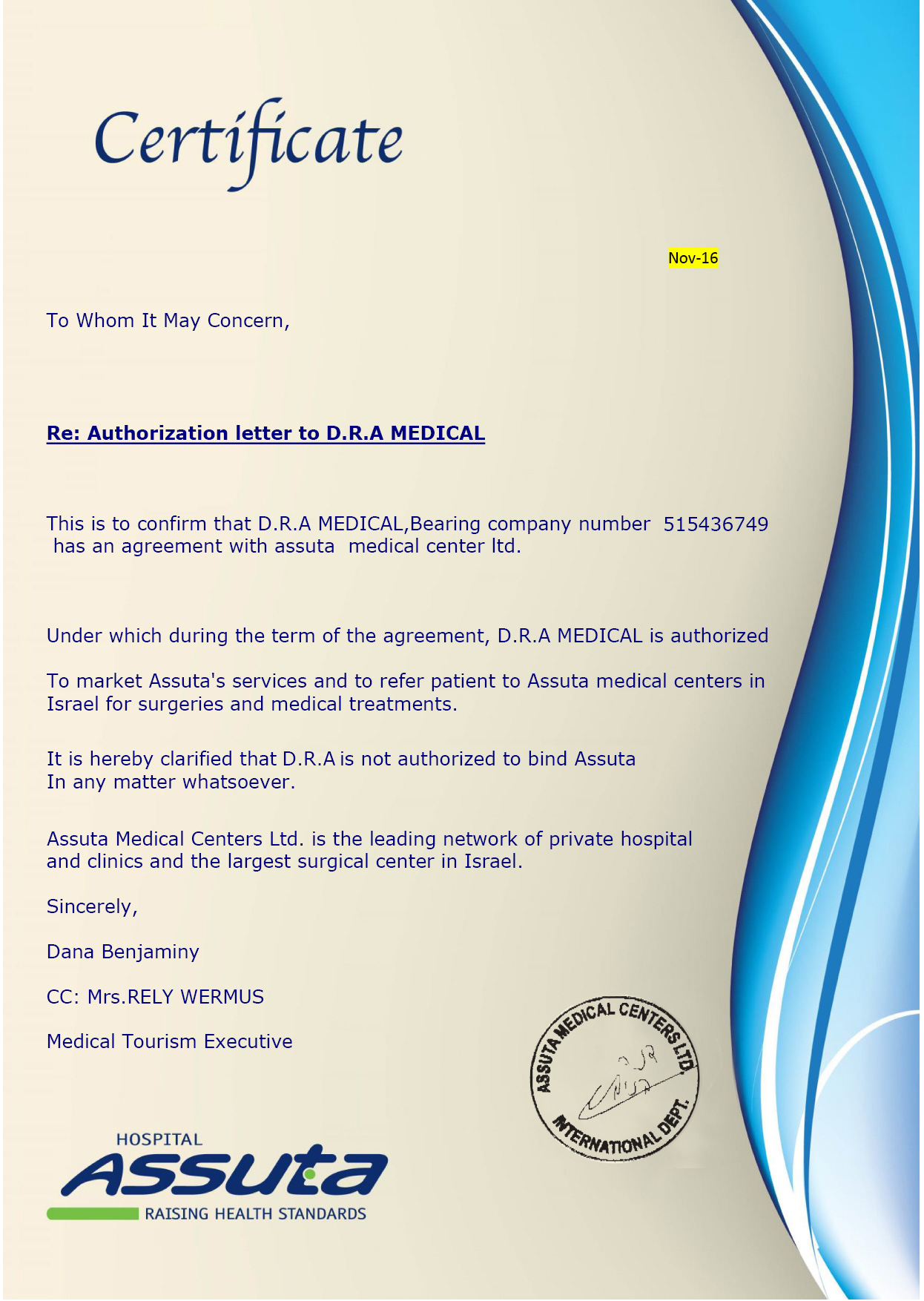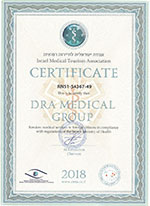Breast Augmentation
 D.R.A Medical
Tel Aviv, Israel
+972-77-4450480
contact(at)dramedical.com
D.R.A Medical
D.R.A Medical
Tel Aviv, Israel
+972-77-4450480
contact(at)dramedical.com
D.R.A Medical

If you have decided to have breast augmentation, then you should know that it is a same day, outpatient procedure. Usually, women are put to sleep via general anesthesia, but in some cases, only local anesthesia may be used. During the procedure, the surgeon makes one incision either around the nipple, under the arm, or under the breast. Next, the surgeon gently pulls the breast tissue from the chest muscles and connective tissue to form a pocket of space. The pocket may lie either in front of the chest muscles or behind them. Then, the surgeon deposits a silicone or saline implant into the pocket. Silicone implants are pre-filled with silicone gel whereas saline implants are inserted empty and filled with sterile salt water afterwards. Once the implant is centered behind the nipple, the surgeon stitches the incision closed and bandages the skin.
After the procedure, you may experience bruising, swelling, and soreness for a few weeks. Additionally, be aware of any chest pain, shortness of breath, and fever you may experience as well as warmth or redness in the breast region, as this may indicate an infection. Although they will not disappear completely, incision scars will fade over time. If the surgeon used non-dissolvable sutures or drainage tubes, you may require a future appointment for their removal. Overall, make sure to follow your doctor’s instructions. This may involve waiting an extended period of time before returning to work or doing any sort of strenuous activity. While healing, your breasts will be especially delicate, so it is important to protect them from excessive movement or physical contact. This can easily be achieved by wearing a compression bandage or sports bra.
Related Links










